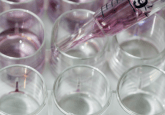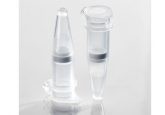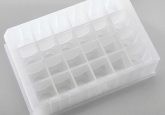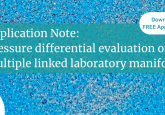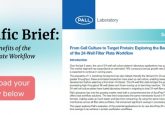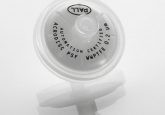Two minutes with: Lori Euler, Pall Global Product Manager for the Nanosep® nucleic acid binding device
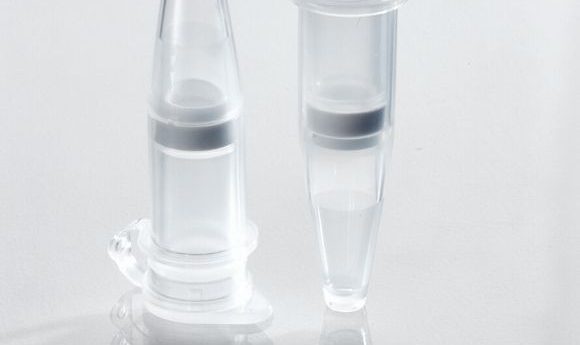
BioTechniques Editor in Chief, Francesca Lake, talks to Lori Euler, Pall Global Product Manager, about Pall’s new Nanosep® nucleic acid binding device.
Please introduce yourself
My background is as a researcher; I spent around 18 years working for the DuPont company in the Industrial Biosciences group, where I was a molecular biology researcher. I came to Pall about 4 years ago as a territory sales manager covering New Jersey (USA), and then took on the role as the product manager for our life sciences portfolio.
Why has Pall launched the new Nanosep® device for nucleic acid binding (NAB), which offers purification of genomic or plasmid DNA and total RNA in a single column?
Pall is a filtration and sample preparation company, and when our sales reps go out into the field, they receive feedback from customers and pass it back to product development. We heard feedback that the kits on the market were not performing as some customers needed them to. In particular, some of our price-sensitive customers were having to make decisions about experiments based on the cost of multiple, expensive kits. We started looking into this feedback several years ago, and first launched this NAB offering in a plate format, the Acroprep™ Advance 96-well Long Tip Filter Plate. Customers using that plate were then really interested in having it be in a column format. It was really born out of feedback from our customers.
“We’ve had wonderful initial feedback from customers. All of the testing has gone better than we expected, and we’ve been able to develop a whole complement of protocols and testing..”
Did you face any particular challenges in developing this product?
Well, I think the biggest challenge we had is that uniquely, there are two layers inside this device to maximize binding, and it was a huge effort on the part of our engineering team to actually make the product work with the two layers. Other than that it has been clear sailing, and we’ve had wonderful initial feedback from customers. All of the testing has gone better than we expected, and we’ve been able to develop a whole complement of protocols and testing.
What impact do you hope the device is going to have on the researchers and their work?
There are many customers that do all three types of nucleic acid purification, so we’re really hoping to help streamline things for these customers. Only needing to order and inventory one type of device should provide cost savings and simplify workflows. The Nanosep also offers those users the ability to achieve high quality and quantity, so it should reduce the need to repeat experiments.
What challenges still remain in RNA and DNA processing that need to be addressed?
I think the main challenge for a lot of customers is just having the appropriate quantity. Isolated nucleic acid is never the end point for customers; they need to go on and do downstream analysis, so having enough material is really key. If they need to do multiple purifications just to get enough to do their analyses it’s really time consuming and a waste of money and resources.
What’s next for Pall Laboratory after this Nanosep NAB device launch?
We are investing in further new product developments based on feedback from customers, and we will have some innovative new solutions coming out soon. Overall, we want to help improve customer workflows with innovative and time-saving products for filtration, separation and sample preparation solutions.
You can find out more about the Nanosep on our ‘New Products’ page or by following this link.
Read more about Pall Laboratory here.
